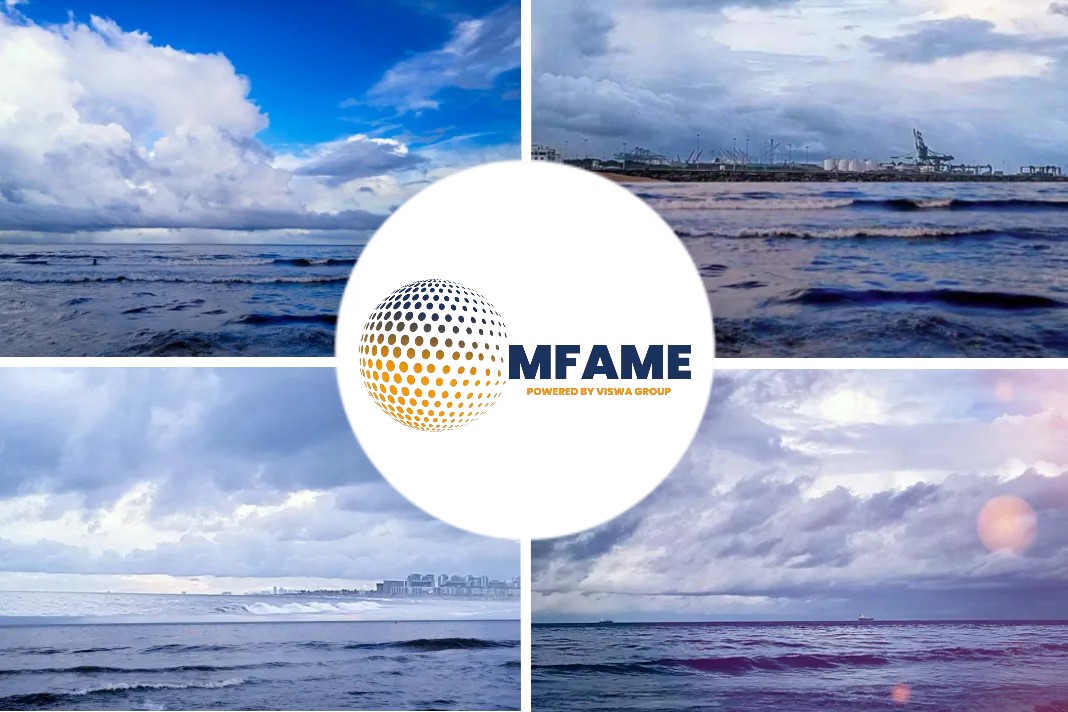- Refiners remain confused, seek more clarity on G7 price cap
- BPCL expects Russian, Indian, Chinese insurance services to emerge
- Europe takes more US crude at the expense of Asian buyers
Asian and European refiners remain confused about how G7’s plan to impose a price cap on seaborne Russian oil cargoes would function, but the oil companies would eventually find ways to have Russian crude supplies continue to flow in the market and manage alternative options to fill any gaps, reports Platts.
Refiners seek clarity on G7 price cap
G7 nations are expected to finalize a price cap on Russian crude some 30-45 days ahead of Dec. 5, the date the cap is meant to take effect.
Refiners across Asia and Europe are struggling to figure out feasibility of the price cap implementation as Moscow is highly unlikely to accept any form of price ceiling scheme, trading executives at South Asian and European refiners and upstream companies said during panel discussions at the S&P Global Commodity Insights Asia Pacific Petroleum Conference in Singapore.
The executives added that the companies want more clarity over whether the US would impose any secondary sanctions on those who may choose to continue buying Russian crude and pay prices above the cap.
“As for the price cap guidance provided by the US Treasury, we need more clarity… as of now, I am not exactly sure how it is going to be implemented and there seems to be lots of challenges on the implementation of this price cap,” said Amit Bilolikar, deputy general manager of crude trading at India’s Bharat Petroleum Corp. Ltd., or BPCL.
The US Treasury did indicate that it wants to ensure that Russian crude continues to flow in the market, so it’s still very uncertain what conditions would be attached to the price cap scheme, while it’s also unclear on the possibility of secondary sanctions on non-compliant entities, Bilolikar added.
Vivek Tongaonkar, chief corporate finance, Oil and Natural Gas Corporation Ltd, or ONGC, said, “There’s simply not enough known [facts and details] on how it would be implemented and what exactly the [pricing and trading] mechanism and procedures are… I think everybody is still awaiting clarity on this subject from the US and the EU.”
Maintaining Russian crude flows
However, the Asian and European refining industries would eventually figure out and adjust to the price cap rules, with many shipping companies from non-OECD nations expected to chip in to support the flow of Russian crude, while alternative financing and marine insurance facilities from Asian countries, as well as Russia, could be in play, the trading executives said.
At the very least, Russia wants to ensure that its crude would still flow into the market, while the world also needs Russian supplies. There is quite a good chance of industry and market participants working out how to maintain the Russian cargo grades, given that the continued flow of Russian oil is most oil companies and traders’ incentives, said Alex Grant, senior vice president for crude, products and liquids at Equinor.
BPCL’s Bilolikar indicated that refiners and traders looking to buy Russian crudes after December would find it difficult to access G7 finance and insurance services but it’s possible that many services emerge from Russian, Indian and Chinese insurance companies.
Indian refiners typically purchase Russian and other crudes on delivered basis and all the cargoes are insured. Refiners simply cannot make purchases without insurance, said Bilolikar. “Nowadays, what you’re seeing is more of the Russian crude cargoes are getting insured through Russian insurance companies.”
Did you subscribe to our daily Newsletter?
It’s Free! Click here to Subscribe
Source: Platts
















![[Watch] A Christmas Tree Goes To Sea](https://mfame.guru/wp-content/uploads/2025/01/mfame-container-100x70.jpg)
